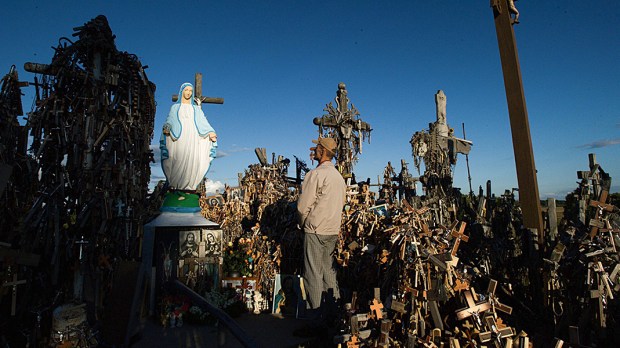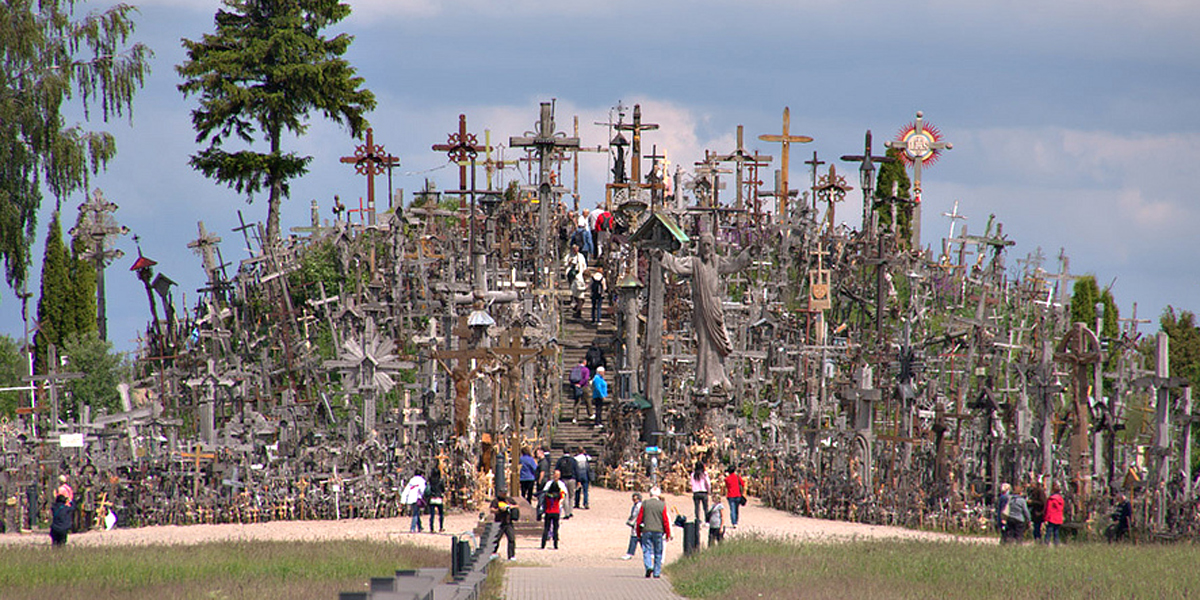The hill does not belong to anyone. Nobody claims possession of the lot, no municipality seems to be in charge of its maintenance, nor is the initiative attributed to any particular group. And yet, the Lithuanian “Hill of Crosses,” 12 kilometers north of the city of Siauliai, today a place of pilgrimage, was born, grew, remained and resisted the onslaught of more than one invasion.
The tradition of planting crosses on the hill was born in the mid-19th century, when Lithuanians rebelled against the Russian occupation of their territory: as a result of the third partition of the Lithuanian-Polish community, in 1795, Lithuania became part of the Russian Empire. Both Polish and Lithuanian rebellions against the imperial power of Moscow ended with hundreds of dead Lithuanian rebels, whose bodies could never recover.
Thus, crosses began to appear on the hill: one for each missing body. By then, one could already count around 3,000 crosses. And although at the beginning of the 20th century the number of crosses decreased, during the Soviet occupation the hill took on a new meaning: it became a place of religious and cultural resistance in which the Lithuanian Catholics symbolically faced the obligatory atheism of the Soviet Union.
The Moscow government did not hesitate to demolish the site. In fact, they did. Three times. And all three times, Lithuanians returned to plant their crosses. By the time the Berlin Wall fell, the hill was filled with tens of thousands of crucifixes, images, rosaries and votive offerings.
In the year 2000, seven years after the visit of the then Pope St. John Paul II, a Franciscan hermitage was built near the site, to serve the hundreds of Catholic pilgrims who visit the place today.


